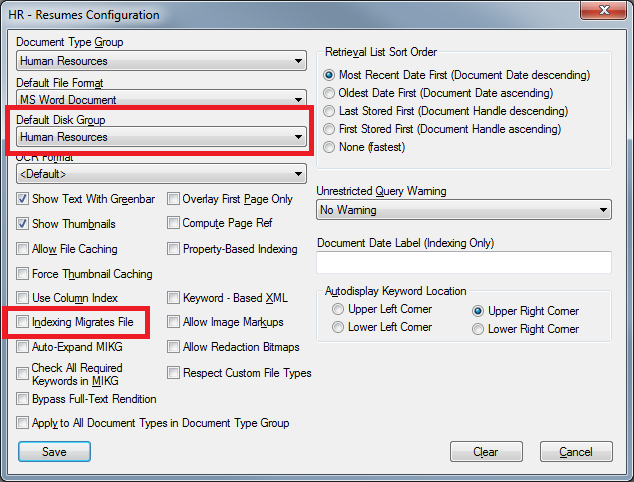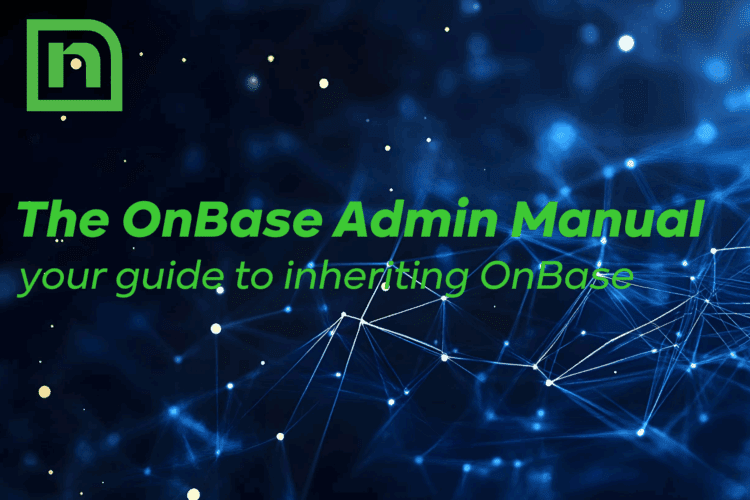Disk Groups are a critical component of the OnBase system. Here are some tips on how to determine the best way to configure them for your environment.
OnBase Disk Groups contain the documents that are retrieved and viewed through the various OnBase clients. Your users don’t care how they’re stored on the back end, but you still want to have an organization method in place for administration. By default, OnBase includes a System Documents disk group that contains all of the OnBase administrative documents. Obviously, you’ll want to store your company’s documents in a different group or, more likely, a set of them. So, how best to group them?
Retention Period
One of the things you will want to keep in mind as you divide your disk groups is the number of copies you want for any given disk group and how long you want to keep them online. The most common configuration is two mass storage (online) copies and, depending on your backup method, one backup copy. However, some data may not stay in a disk group long enough to require that second online copy, or maybe your setup would benefit from certain disk groups having a third one. How often documents are accessed can also be a useful factor in making this decision.
Security Clearance
Even if you’re using Distributed Disk Services (DDS) to prevent users from accessing documents outside of OnBase directly in the disk group folders, it’s a good idea to consider access rights as you plan your disk groups. Some data might require additional protection, such as encrypted backups, which are easier to accomplish if you divide your disk groups with that in mind.
Import Method
Looking at your document import methods is a very good way to divide and conquer. The process of importing a document to OnBase temporarily locks the target disk group. Having separate disk groups for COLD, DIP, and scanned documents helps prevent disk group locking wait times if any of these import tasks overlap. Depending on the amount of scanning going on, you may even want more than one disk group for those documents.
Business Model
Finally, look to your business model as a guide. What are your company’s departments and user groups and how to they use OnBase? If nothing else, HR and Legal should probably have their own disk groups based on the other concepts discussed above. Also, look at your geographical positioning. You might get better response times by positioning certain disk groups physically closer to the branch offices who will be using them the most.
And here’s a final tip. If you wish you had done things differently in your environment, you still can! Changing the default disk group for a document type is easy. If you really want to go all out, you can even migrate existing documents to new disk groups by re-indexing them with the Indexing Migrates File option enabled.







